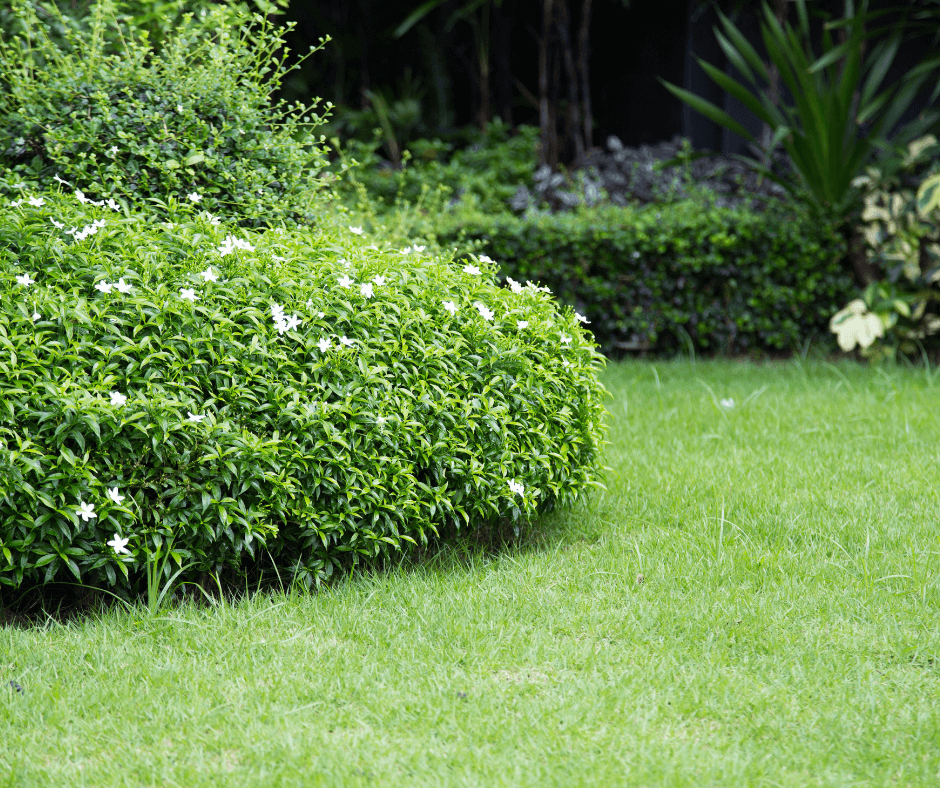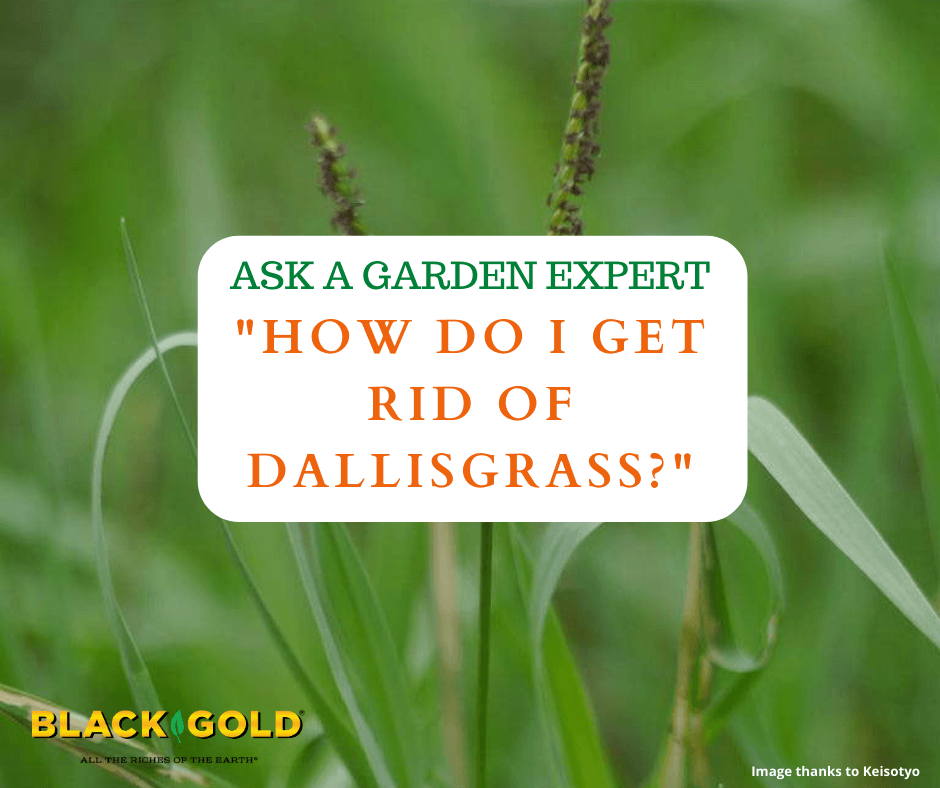
“What is the best way of getting rid of ticks? My lawn and yard are infested, and I have gotten Lyme disease.” Question from Kathy of West Rutland, Vermont
Answer: Ticks are the worst and a real worry for people living where Lyme and other tick-borne diseases are a problem. Of course, tiny deer ticks are the carriers of Lyme disease, and they contribute to over 99% of all tick-borne diseases in the state of Vermont, but there are several other larger tick species in the state that can also be problematic.
Six Steps for Tick Removal in Yards and Lawns
Here are six good ways to keep ticks off of your lawn and away from your yard. Some are more practical and doable than others.
1. Spray the yard with all-natural tick repellents and killers, like Tick Killz and Wondercide Flea and Tick Spray. These products can be costly, but they are effective. The best application times are in mid-spring and midsummer.
2. Set tick traps, such as Thermacell Control Tick Tubes, along your yard’s periphery. These capture and kill ticks and are not a threat to pets or other organisms.
3. Plant tick-repellent plants in your garden and along your yard’s periphery. These include strongly-scented plants such as lavender, sage, mint, feverfew, pennyroyal (this can cause allergic reactions in some people), and marigolds. (Amending your soil at planting time with Black Gold Garden Compost Blend will help all of these plants grow better!)
4. Cut your grass short, bag your clippings, and keep your grass leaf-free. Ticks like to hang out in yard waste and leaves as well as tall grasses and shrubs. Keeping your grass clean and low will help deter ticks.
5. Treat your pets for ticks, and try to keep wild animals out of your yard. Pets and wild animals are tick carriers. Some wild animals, like possums, eat ticks, but most are just carriers. Deer are some of the worst. Applying a quality animal repellant around your yard can help.
6. Consider investing in chickens or guinea hens, which require care and protection but eat ticks in large quantities. You may not have space for chickens, but they will take care of tick populations in the lawn right away, and you’ll get eggs.
I hope that these tips help!
Jessie Keith
Black Gold Horticulturist






